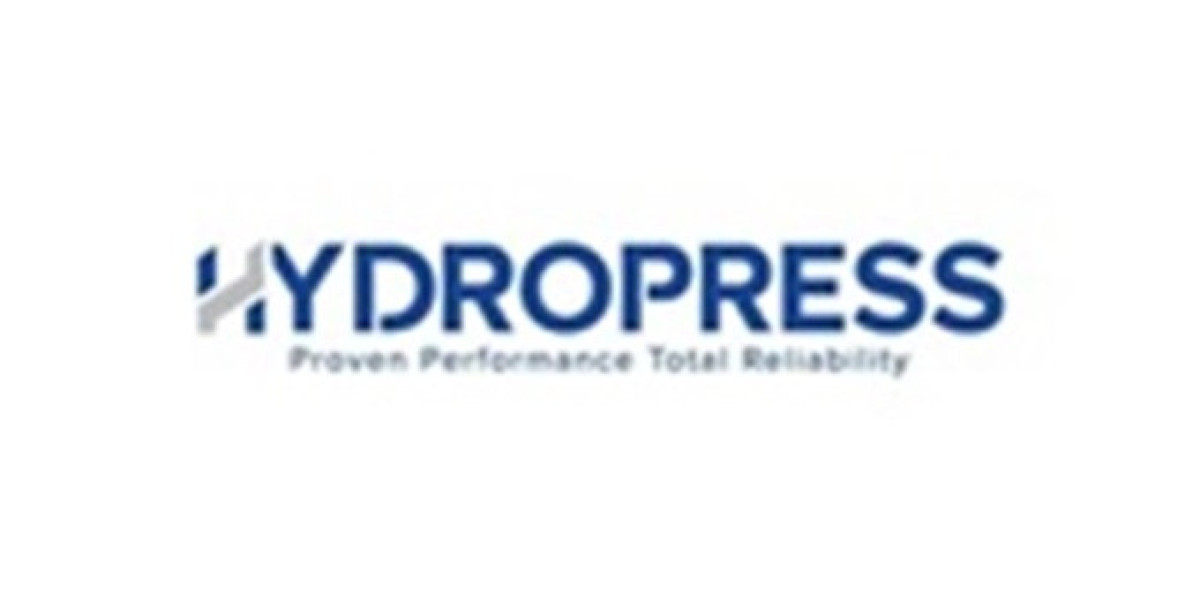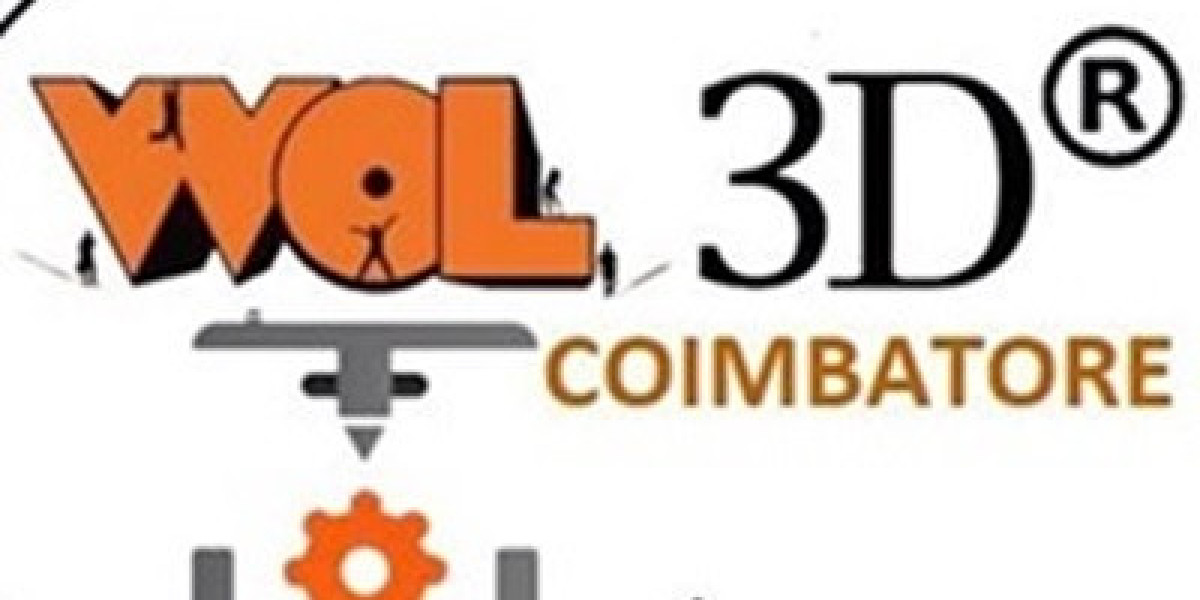magine a sudden, unpredictable swelling that can disfigure your face, constrict your airways, and inflict agonizing pain. This isn't a scene from a horror movie; it's the daily reality for individuals living with Hereditary Angioedema (HAE), a rare and debilitating genetic disorder. For years, managing HAE attacks was a reactive game, a frantic race against time to alleviate terrifying symptoms. But the landscape is shifting. The Hereditary Angioedema treatment market is undergoing a significant transformation, offering new hope and a chance at a more predictable life for those affected. The global hereditary angioedema therapeutics market is expected to reach USD 7.63 billion by 2031, with a CAGR of 8.72% during the forecast period of 2024 to 2031. In 2024, the market was valued at USD 5.5 billion and is projected to reach USD 19.68 billion by 2032, exhibiting a CAGR of 17.1%.
HAE is characterized by recurrent episodes of severe swelling in various parts of the body, including the face, larynx, abdomen, and extremities. These attacks are caused by a deficiency or dysfunction of the C1 esterase inhibitor (C1-INH) protein, a crucial regulator of the body's inflammatory pathways. Without sufficient functional C1-INH, the kallikrein-kinin system becomes overactive, leading to the excessive production of bradykinin, the primary mediator of HAE swelling.
Historically, treatment options for HAE were limited and often involved non-specific therapies or attenuated androgens with significant side effects. The advent of plasma-derived C1-INH concentrates offered a more targeted approach for treating acute attacks, providing the missing protein to dampen the inflammatory cascade. However, access to these treatments could be challenging, and the need for frequent infusions placed a significant burden on patients' lives.
The past decade has witnessed a surge in innovation within the HAE treatment market, bringing forth a new era of targeted therapies designed not only to treat acute attacks but also to prevent them. This paradigm shift has been driven by a deeper understanding of the underlying pathophysiology of HAE and advancements in biotechnology.
One of the most significant breakthroughs has been the development of recombinant C1-INH. Unlike plasma-derived products, recombinant C1-INH is produced in a laboratory setting, reducing the risk of blood-borne pathogen transmission and potentially offering a more consistent supply. Its availability has provided another crucial tool in the arsenal against acute HAE attacks.
Beyond replacement therapy, researchers have focused on directly targeting the kallikrein-kinin system. This has led to the development of kallikrein inhibitors, both for acute treatment and prophylaxis. These medications work by blocking the activity of plasma kallikrein, the enzyme responsible for cleaving high-molecular-weight kininogen to produce bradykinin. By inhibiting kallikrein, these therapies effectively reduce the production of the key mediator of HAE swelling. Examples of kallikrein inhibitors include Lanadelumab-flyo (Takhzyro), Berotralstat (Orladeyo), and Ecallantide (Kalbitor).
Furthermore, advancements in understanding the role of bradykinin receptors have paved the way for bradykinin receptor antagonists. These drugs directly block the binding of bradykinin to its receptor, preventing it from triggering the cascade of events that lead to swelling. This targeted approach offers another avenue for managing acute HAE attacks. Icatibant is an example of a bradykinin B2 receptor antagonist.
The emergence of subcutaneous and self-administered formulations of these newer therapies has been a game-changer for many patients. The ability to treat attacks quickly at home, or even prevent them with regular subcutaneous injections, has significantly improved patients' quality of life, offering greater independence and reducing the need for frequent hospital visits.
The Hereditary Angioedema treatment market is not just about new drugs; it's also about evolving diagnostic tools and a greater awareness of this rare condition. Earlier and more accurate diagnosis is crucial for initiating appropriate treatment and preventing years of misdiagnosis and unnecessary suffering. Increased awareness among healthcare professionals and the development of specialized HAE centers of excellence are playing a vital role in improving patient outcomes.
Looking ahead, the HAE treatment market is expected to continue its growth trajectory. Ongoing research is exploring novel therapeutic targets and delivery methods, including gene therapy, which holds the potential for a long-term or even curative solution. The focus is also shifting towards personalized medicine, tailoring treatment strategies based on individual patient profiles and disease severity. Some of the emerging therapies include Donidalorsen, Sebetralstat and Garadacimab. Gene therapy, like the CRISPR-based genome therapy, is also showing promise.
However, challenges remain. Access to these innovative therapies can be a significant hurdle for many patients due to high costs and complex reimbursement processes. Advocacy groups and healthcare providers are working to address these barriers and ensure that all individuals living with HAE have access to the treatments they need.
Browse More Reports:
South America Herbal Medicinal Products Market
Germany Homeopathic Medicine Market
China Hospital Furniture Market
South Korea Hospital Furniture Market








